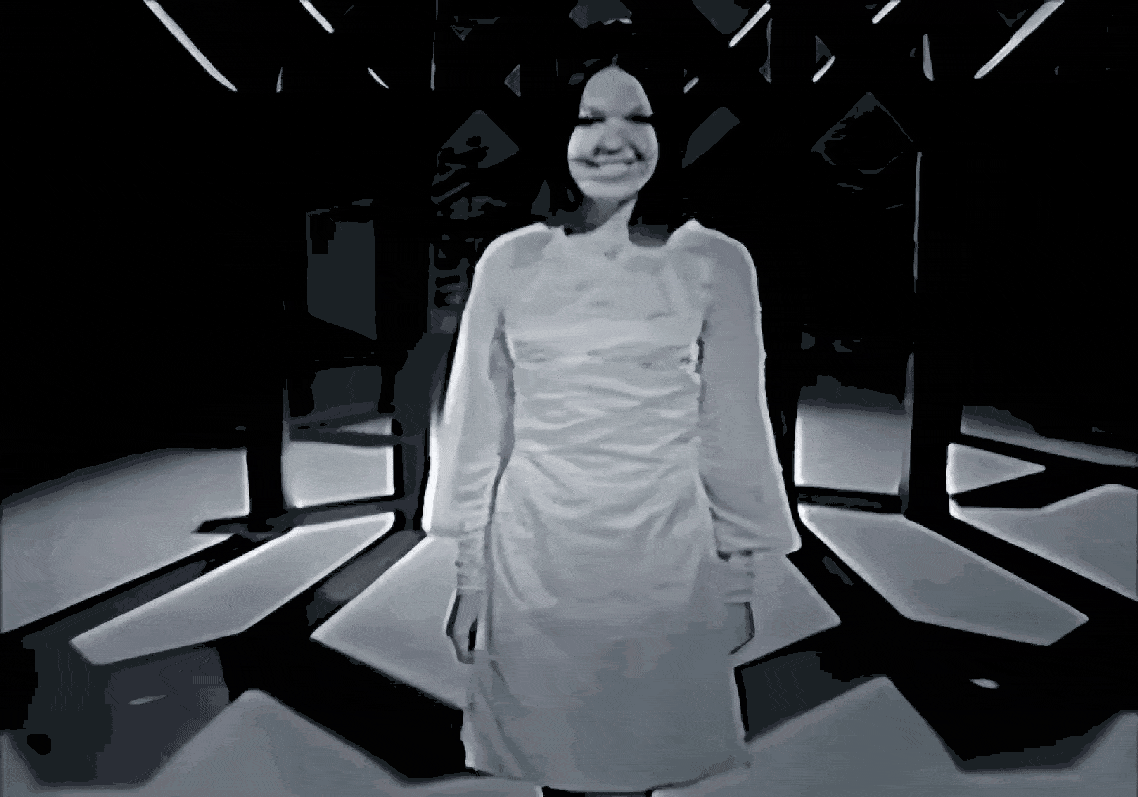In 1967, tens of millions of visitors discovered Expo in Montréal to the beat of a simple, catchy refrain : Hey Friend, Say Friend. The song was everywhere. It played on the airwaves, at ceremonies and in carillons. It became the soundtrack of a moment of collective optimism.
But behind this refrain lies an even more astonishing story, one of last-minute decisions, secret recordings, and discreet tensions between stars.
The visual spark behind the story
In a 2017 interview with the Journal de Montréal, Stéphane Venne recalls that the idea for the song came to him after seeing an image. One morning in 1966, he was flipping through La Presse when he came across an architect’s drawing of what the future Expo islands would look like. The image was grand, almost dreamlike.
“I thought to myself, ‘That’s my tune!’ That’s where we’re going to feel good, that’s where we’re going to welcome the world.”
Stéphane Venne, Le Journal de Montréal, April 22, 2017
At the time, Venne was 24 years old. He had been writing songs since his teens but hadn’t broken through yet. The contest came at just the right moment. There were 2,200 submissions from 35 countries. Venne arrived at the Festival du disque office five minutes before the submission deadline to drop off his sheet music. Back then, submissions didn’t include recordings; the sheet music was performed live by a singer hired for the occasion.
Une chanson, deux parcours
A few days before the Radio-Canada special broadcast where the winning song would be revealed, Venne learned that he had won the contest. The news came from a close confidant involved in the auditions.
Officially, it was Michèle Richard who was to premiere Un jour, un jour. Unofficially, Venne preferred that the song be performed by Donald Lautrec, a friend with whom he shared musical affinities, and who better matched the energy he had envisioned for the performance.
The 45 rpm single was released with two sides:
• Un jour, un jour, the French-language version performed by Donald Lautrec
• Hey Friend, Say Friend, the English-language version adapted by Marcel Stellman
Michèle Richard also recorded her own version, created for television, with an introduction and a conclusion explicitly mentioning “Expo” and “Montréal”. This detail addressed criticism from some, including Mayor Jean Drapeau, who found it surprising that the official song made no mention of either the event or the city. On site, the instrumental version hovered over the Expo islands, played on the electronic carillon by Lucien Hétu from the Sun Life Tower on Sainte-Hélène Island.
Venne records his own version and describes Hey Friend, Say Friend as “terribly effective, a bit like a commercial jingle”. 1 But this simplicity paid off: the record spent 32 weeks on the charts, reaching No. 9. It propelled Venne to the status of an essential composer, later writing Le temps est bon, Et c’est pas fini and Le début d’un temps nouveau. As for Lautrec, he cemented his place as a leading figure in Quebec music and television.
About ten versions of Hey Friend, Say Friend (Un jour, un jour) circulated, mainly in French, performed by various Québécois or francophone artists. There was even a Japanese version by Nobuo Harada and his five characters!
- Guimond, Vanessa. « La chanson qui a tout changé », Le Journal de Montréal, April 22, 2017[↩]
